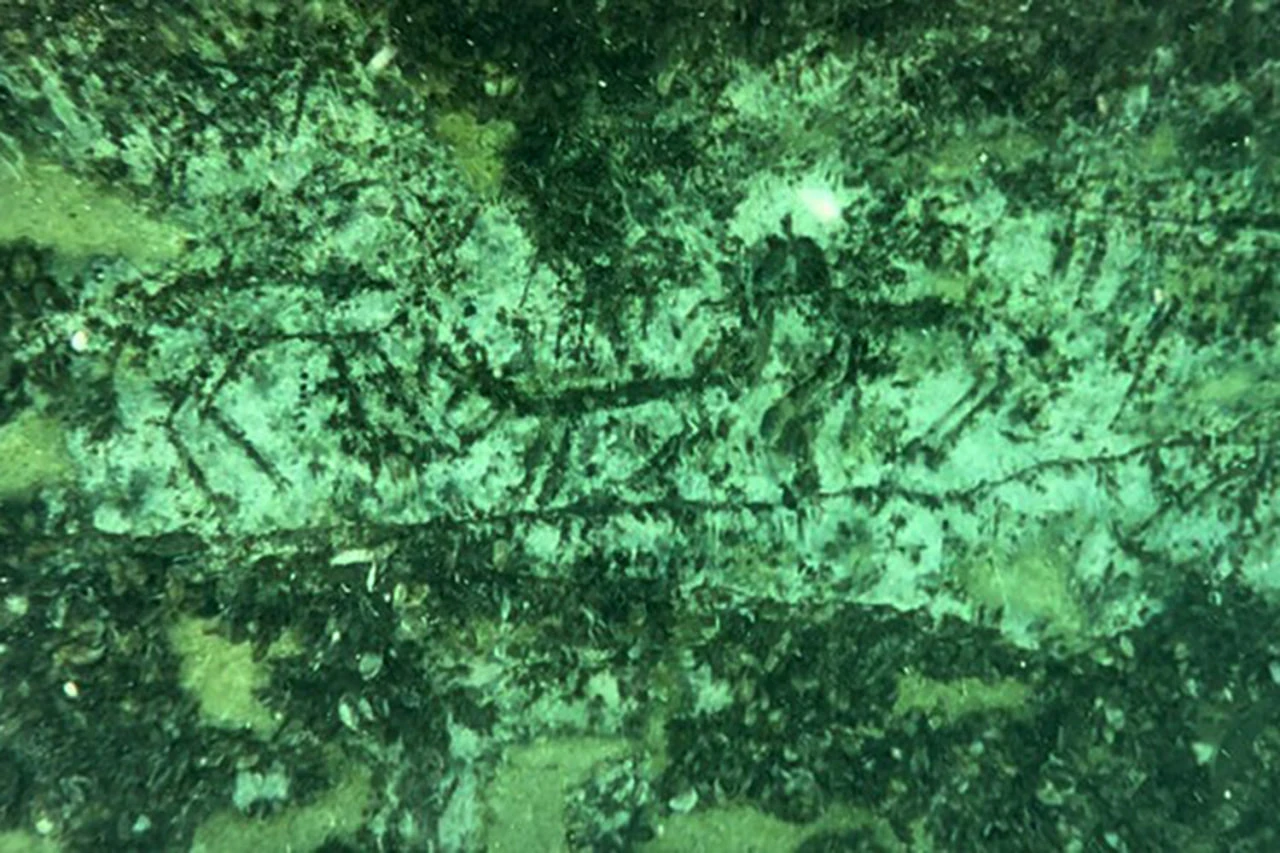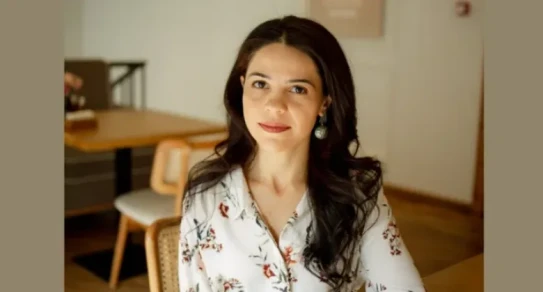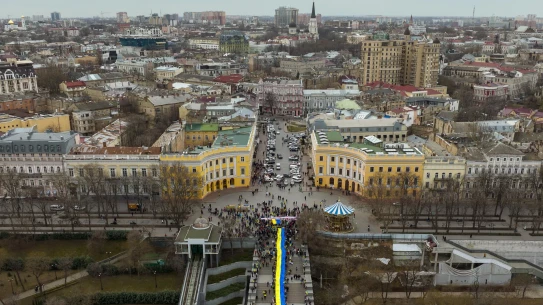According to Arkeonews (Anatolian Archaeology) magazine, archaeologists in Turkey have discovered rock paintings that are more than 12,000 years old under the Atatürk Dam in Adıyaman Province.
The carvings, which are believed to date from the Late Paleolithic or Early Neolithic periods, were first spotted by local fishermen eight years ago, when a drought caused the water level to drop dramatically, exposing the ancient rock surface. This year, after the water level rose again, Adiyaman Museum staff conducted an underwater survey to assess the condition of the area.
According to the director of the museum, Mehmet Alkan, underwater visibility was limited, but the team managed to capture the wreckage in zoomed-in footage using specialized underwater cameras.
"The surface is now covered with mussel shells, which makes it difficult to get clear images," he noted. "In the coming months, we plan to clean and thoroughly document the area, then create a replica for the museum."
The analysis showed that some motifs can be dated to the late Paleolithic or early Neolithic period. The long panel, approximately eight meters long and seventy centimeters high, depicts a dynamic hunting scene involving humans and animals.
Among the recognizable figures are goats, horses, wolves, foxes and storks, executed in a typical stylized manner. Archaeologists believe the composition may depict ritual hunting or collective narratives, an early example of symbolic expression that preceded written works.
Before the construction of the Atatürk Dam in the late 20th century, this area was part of a prehistoric landscape rich in caves and open-air sanctuaries. Similar carvings have also been found in Batman, Şanlıurfa and Mardin provinces, suggesting cultural continuity in Upper Mesopotamia.
The Ataturk Dam, one of Turkey's largest reservoirs, has flooded hundreds of archaeological sites in recent decades. Therefore, experts emphasize the importance of digital registration of findings; 3D scanning and photogrammetry make it possible to virtually restore images and save them for future research.
Translation:Euromedia24.com-in:

























